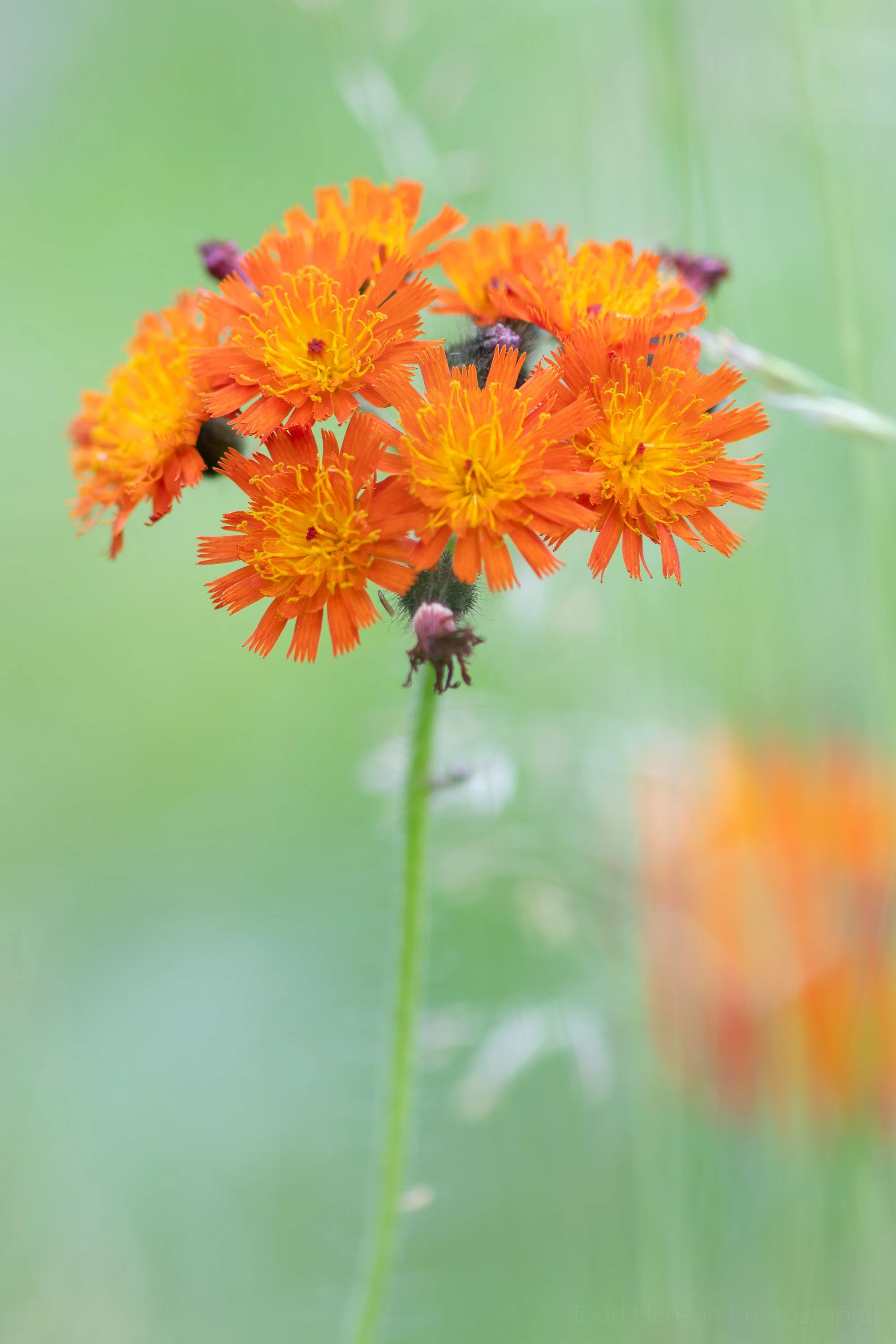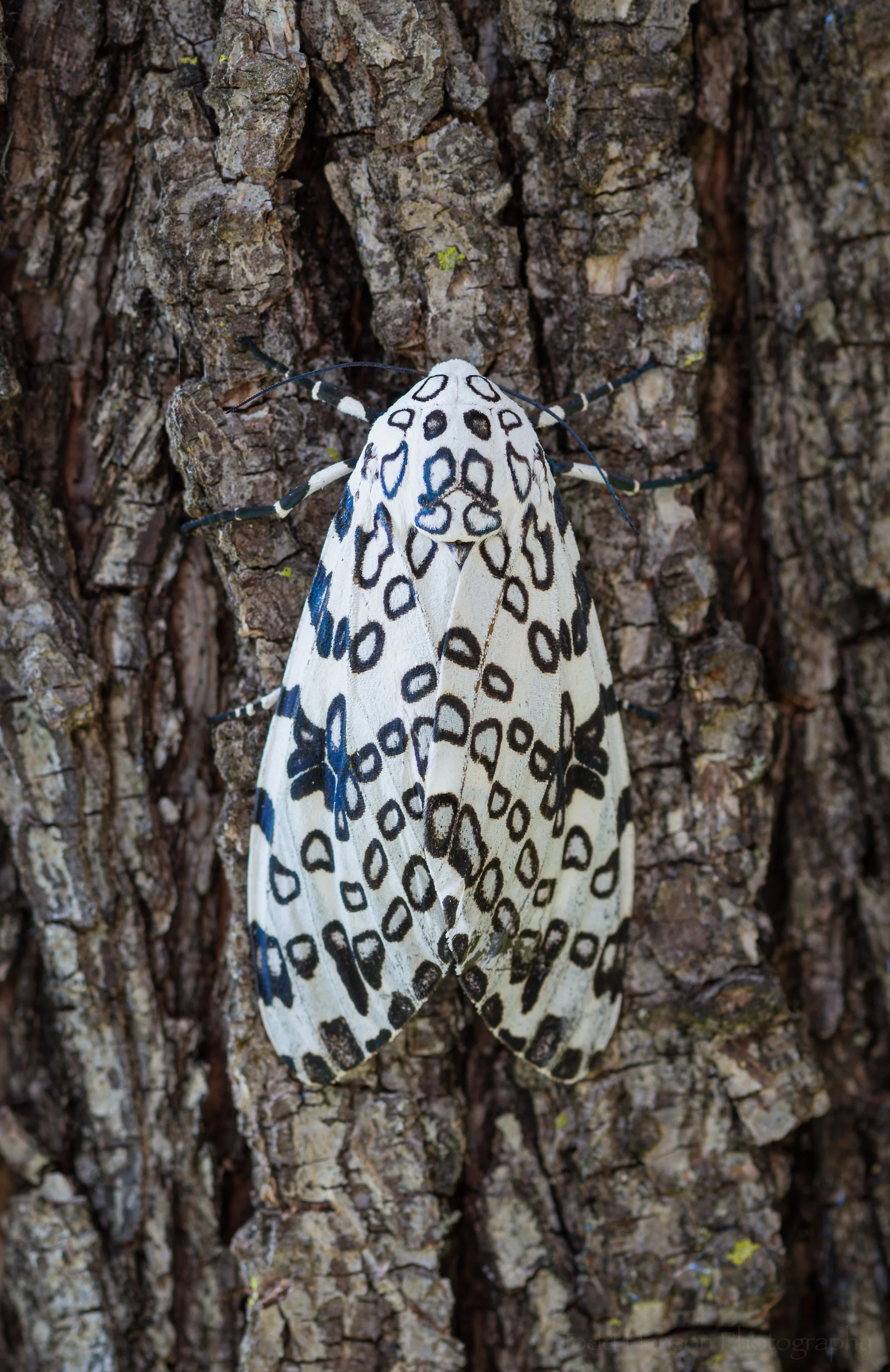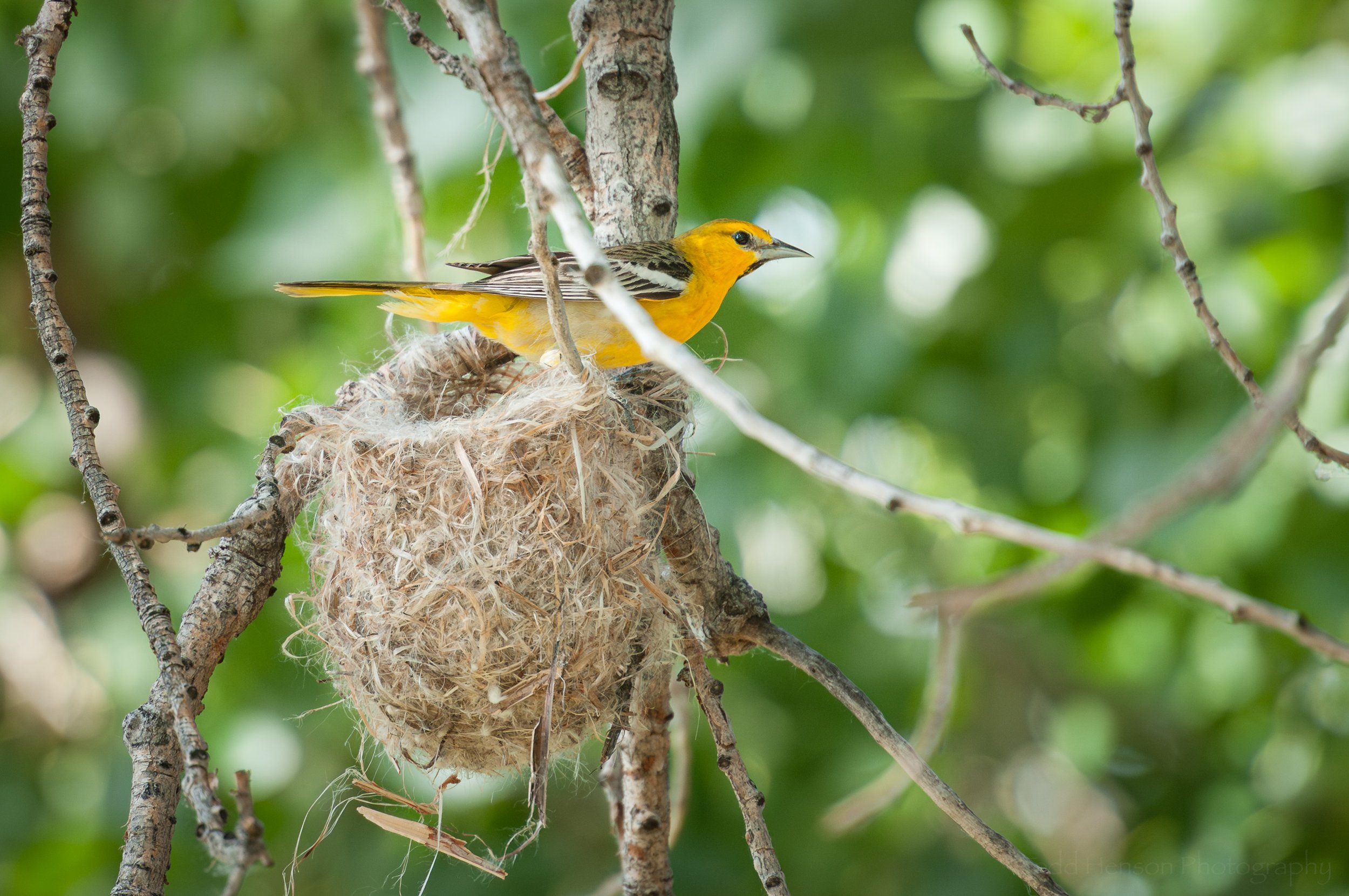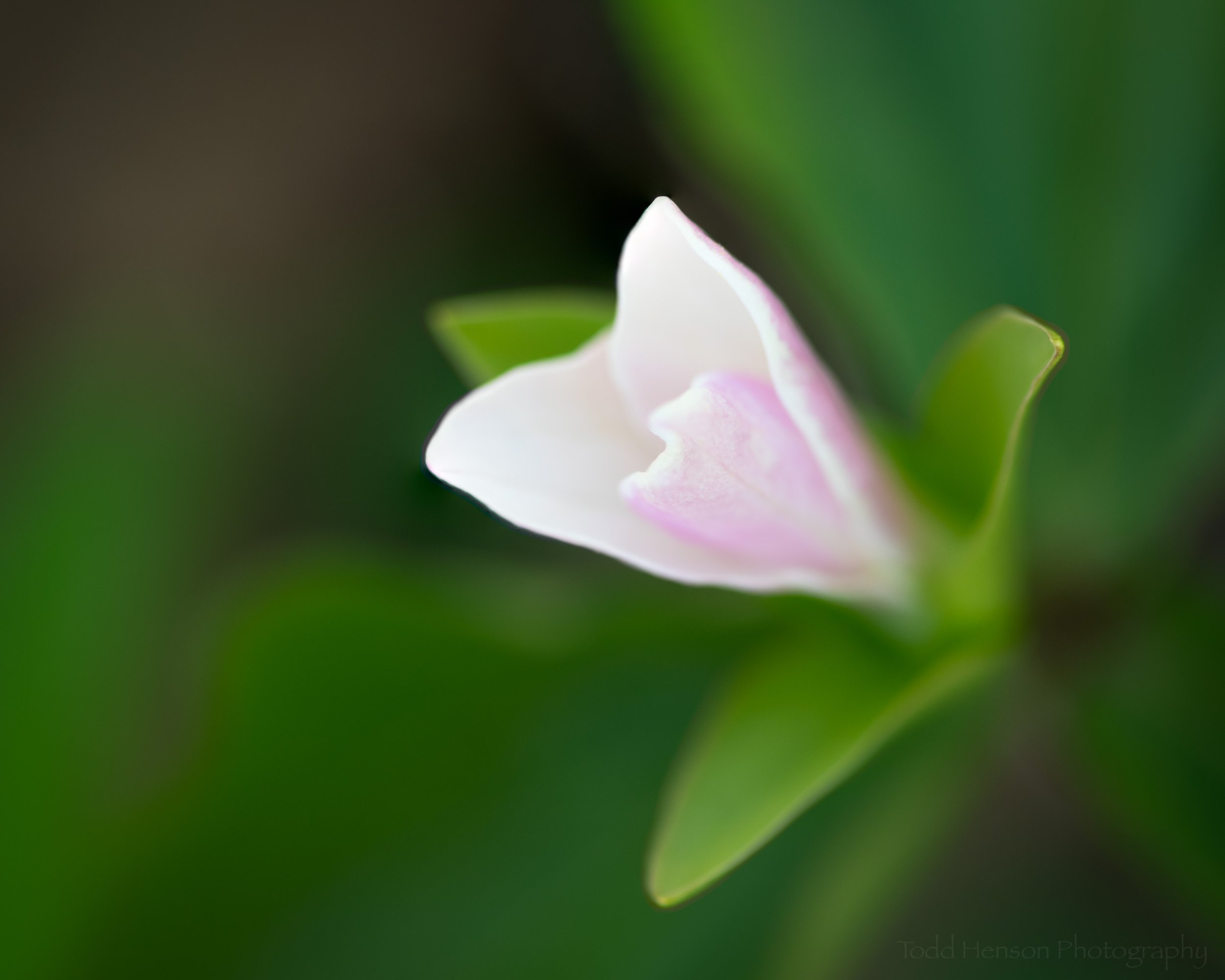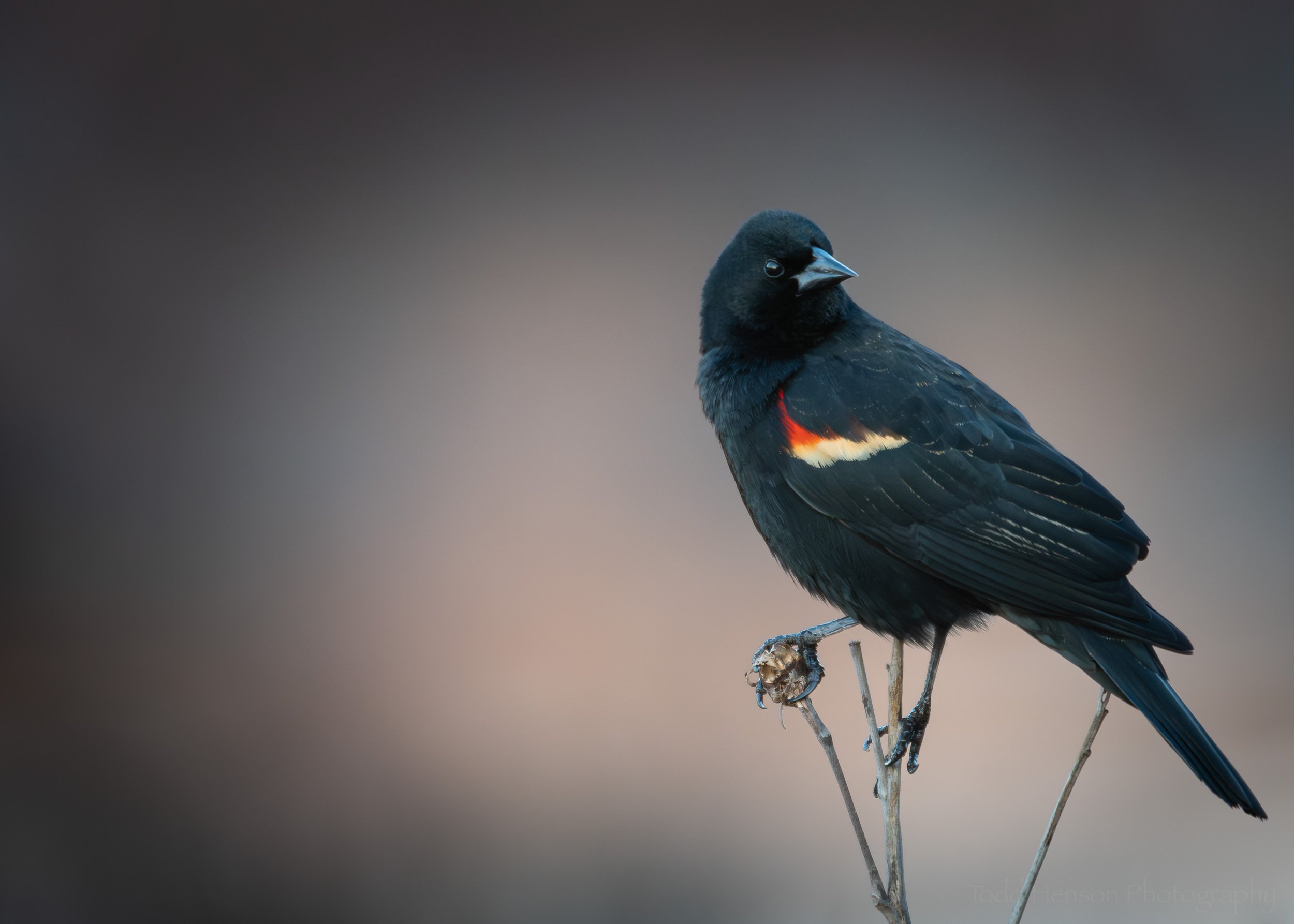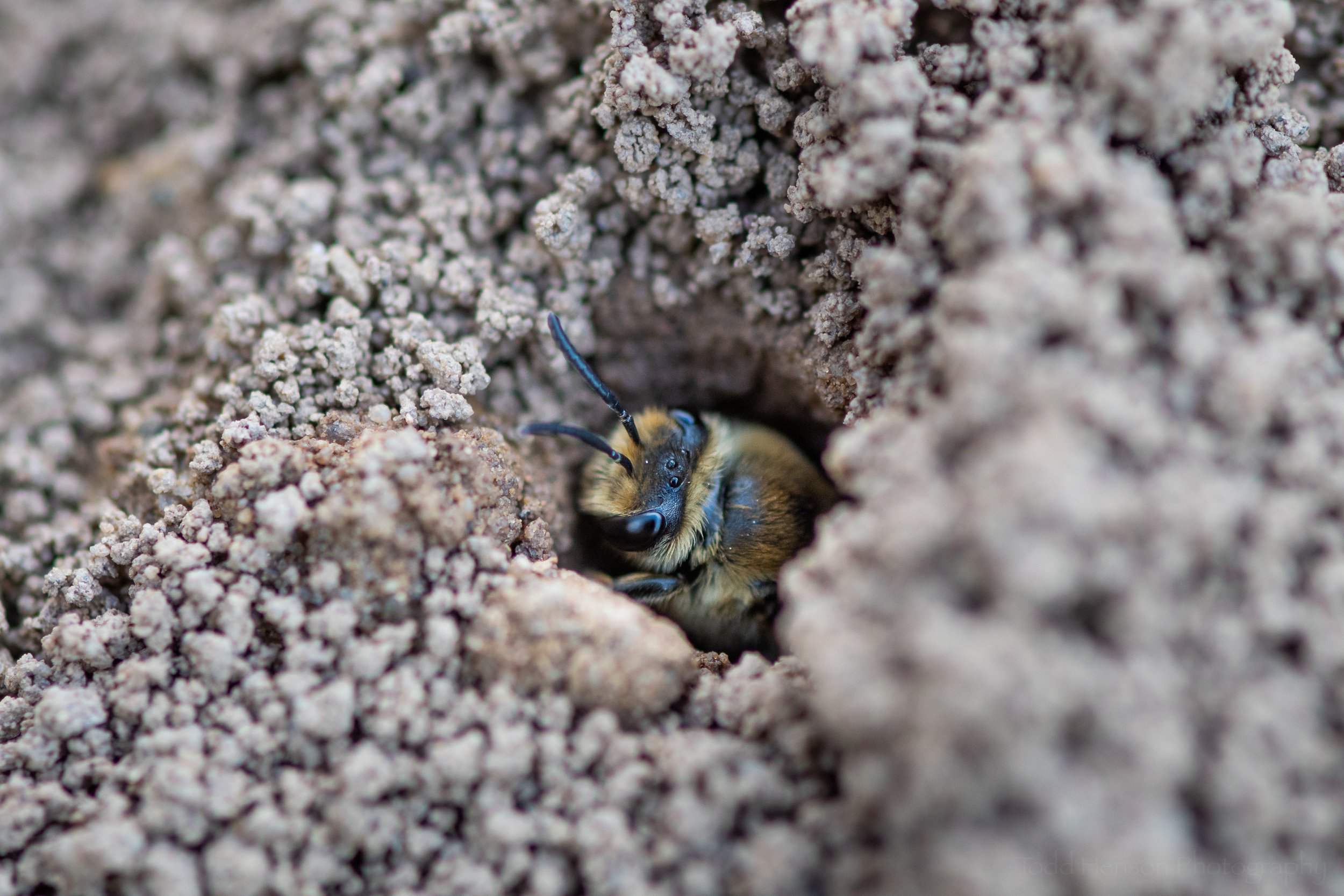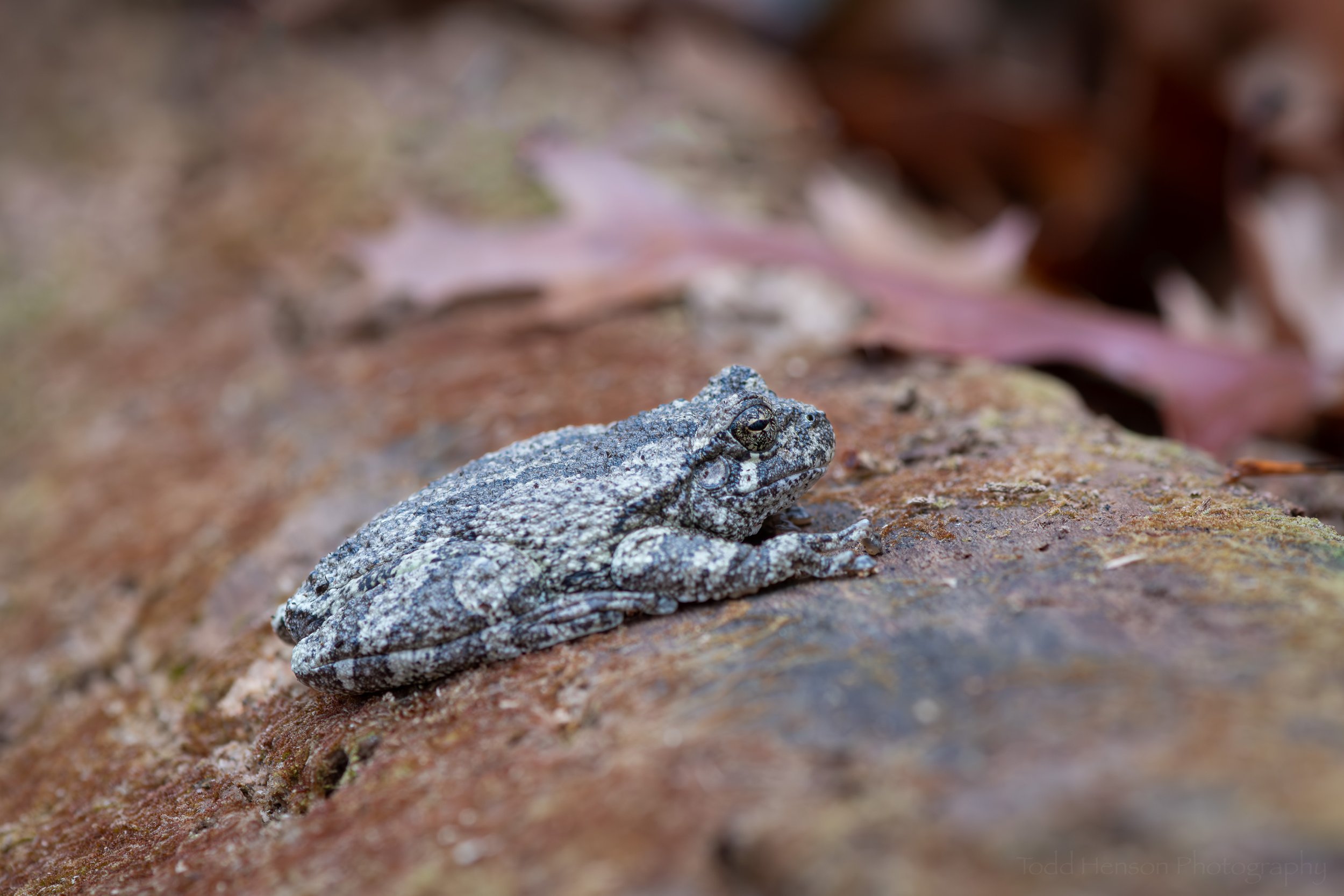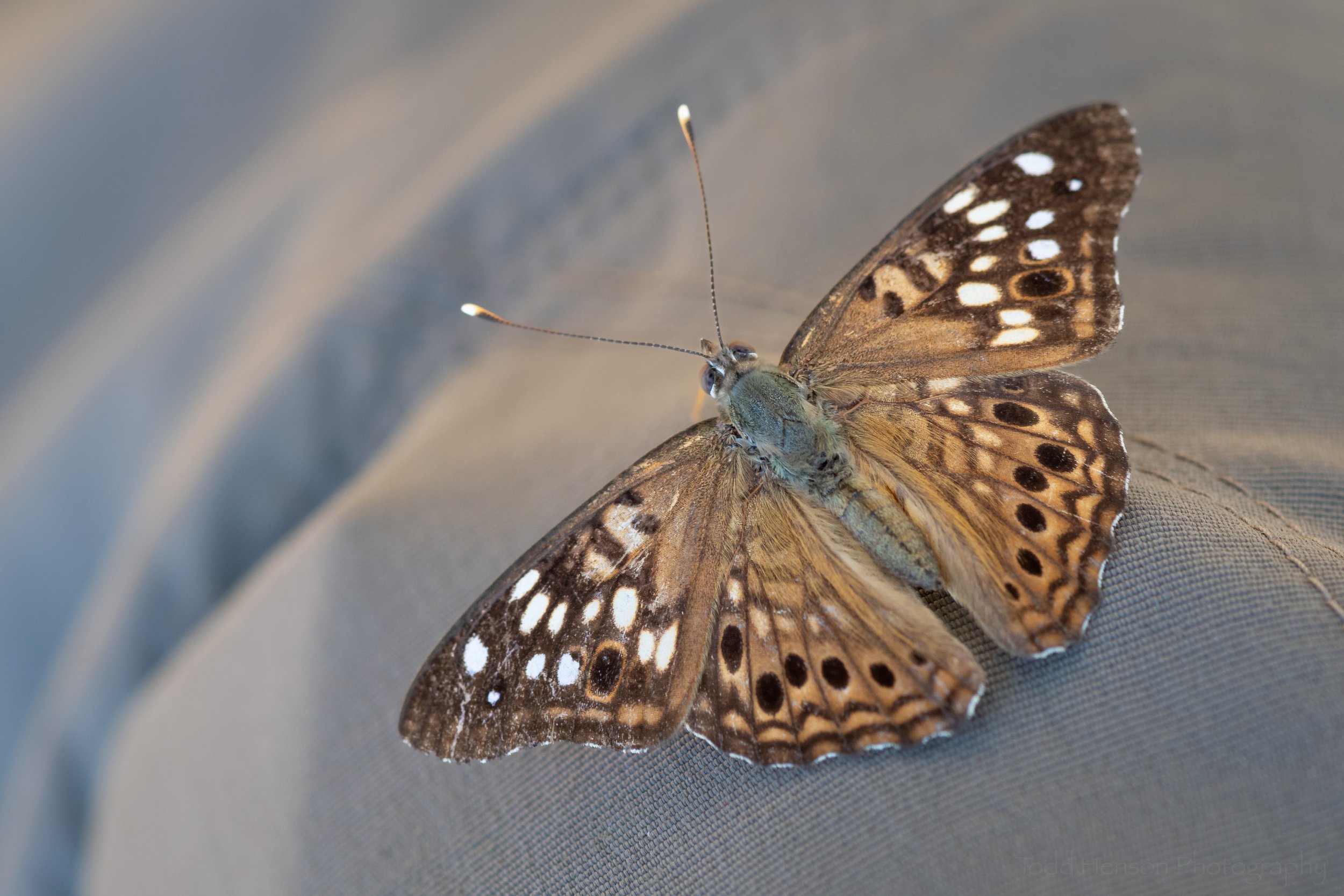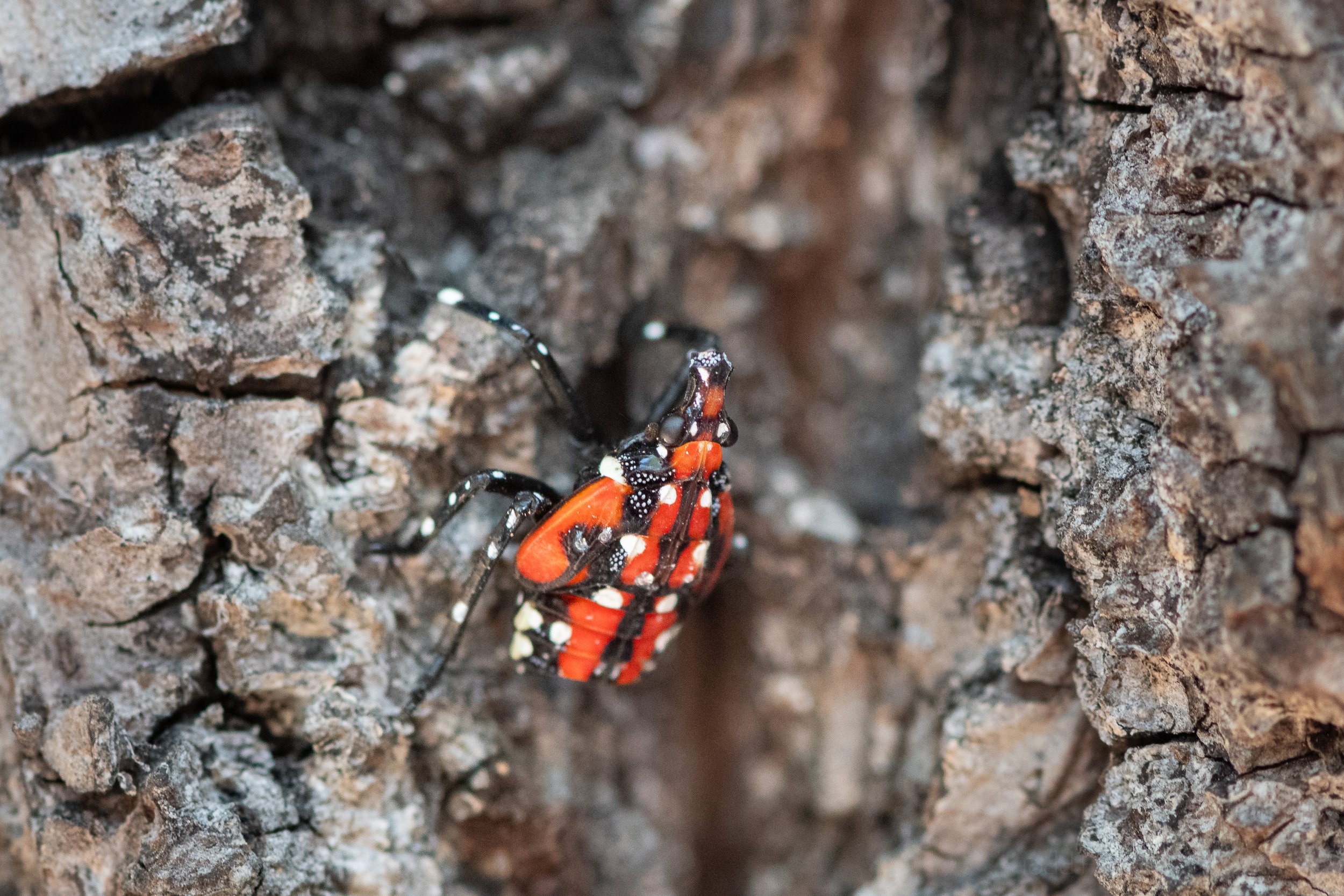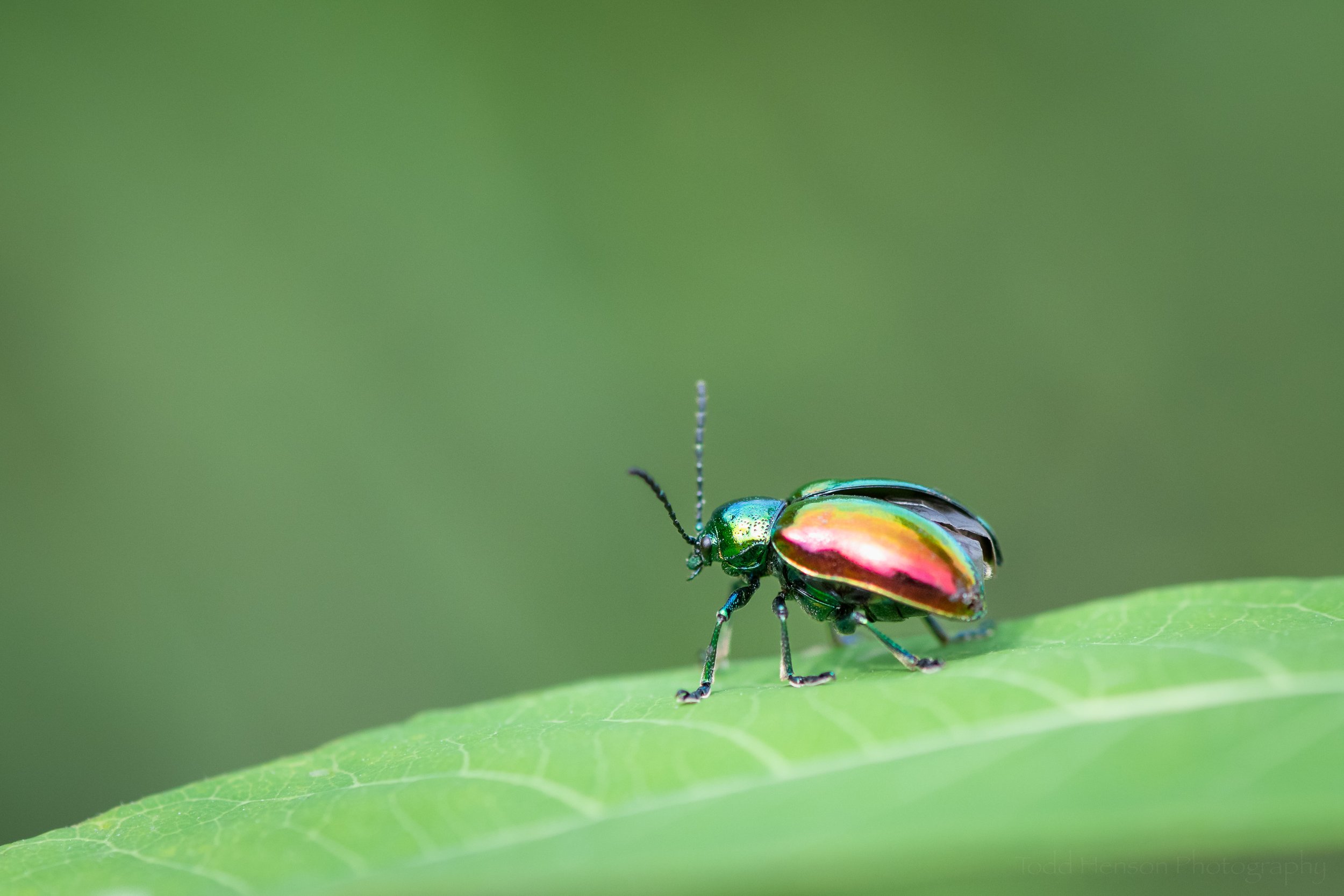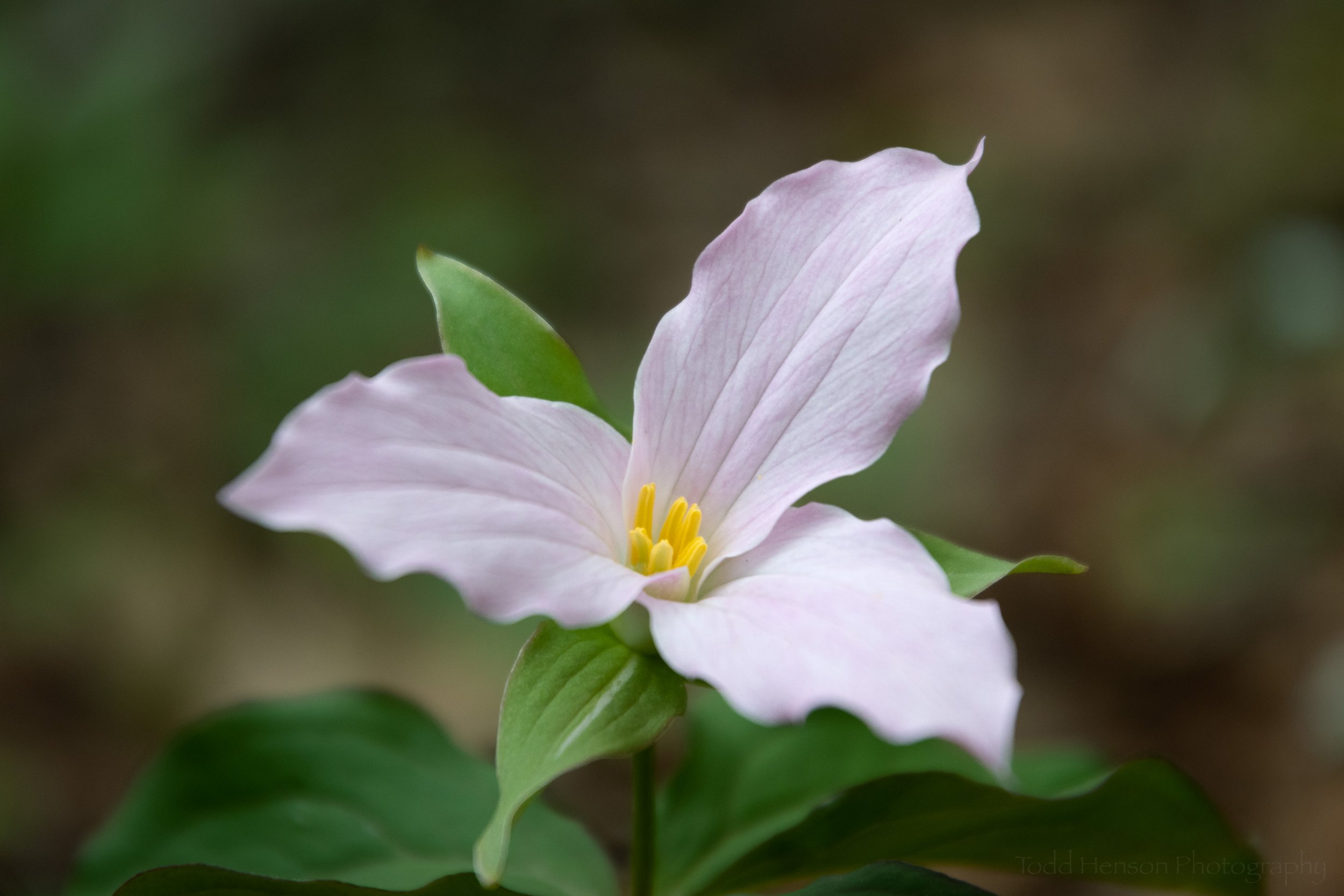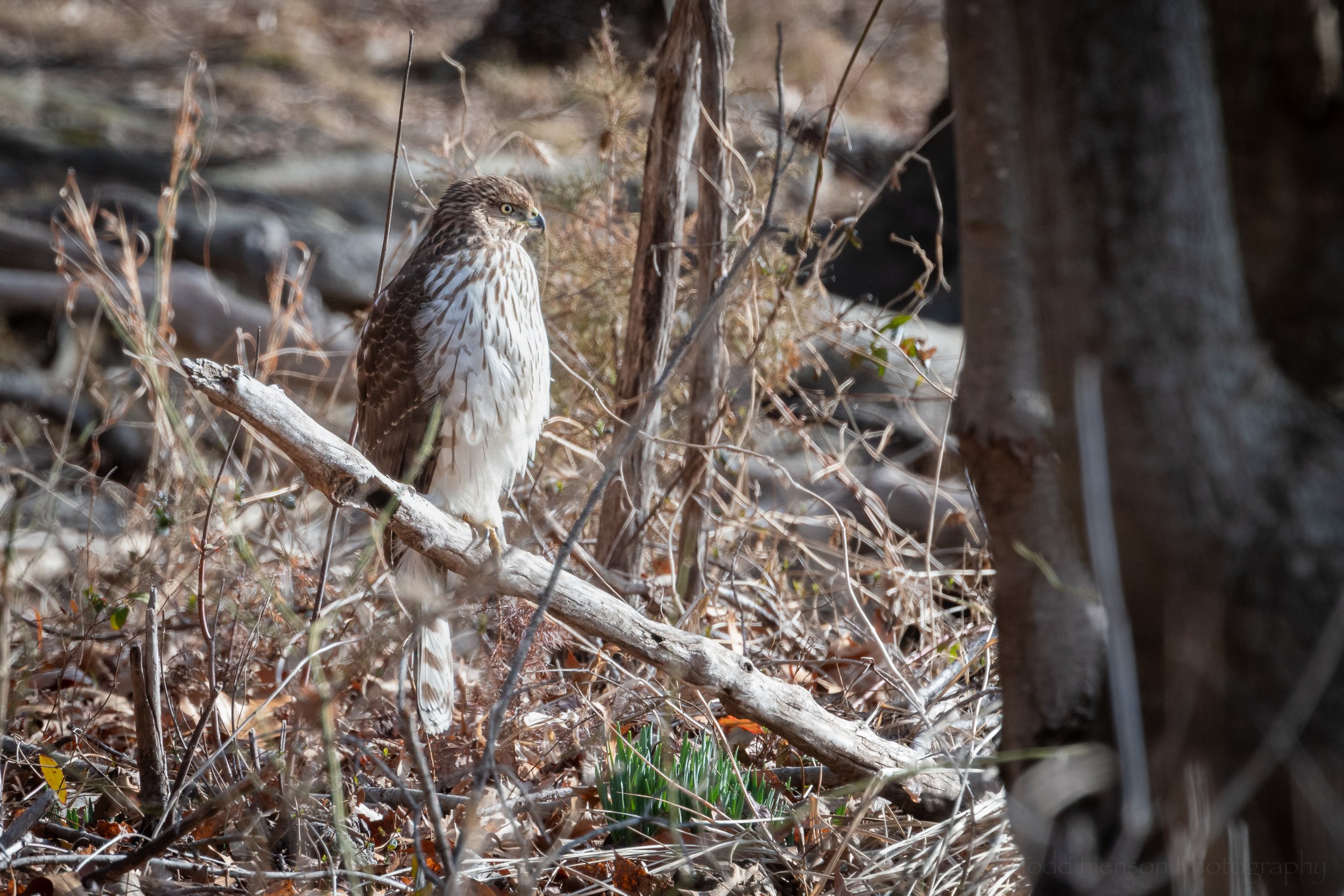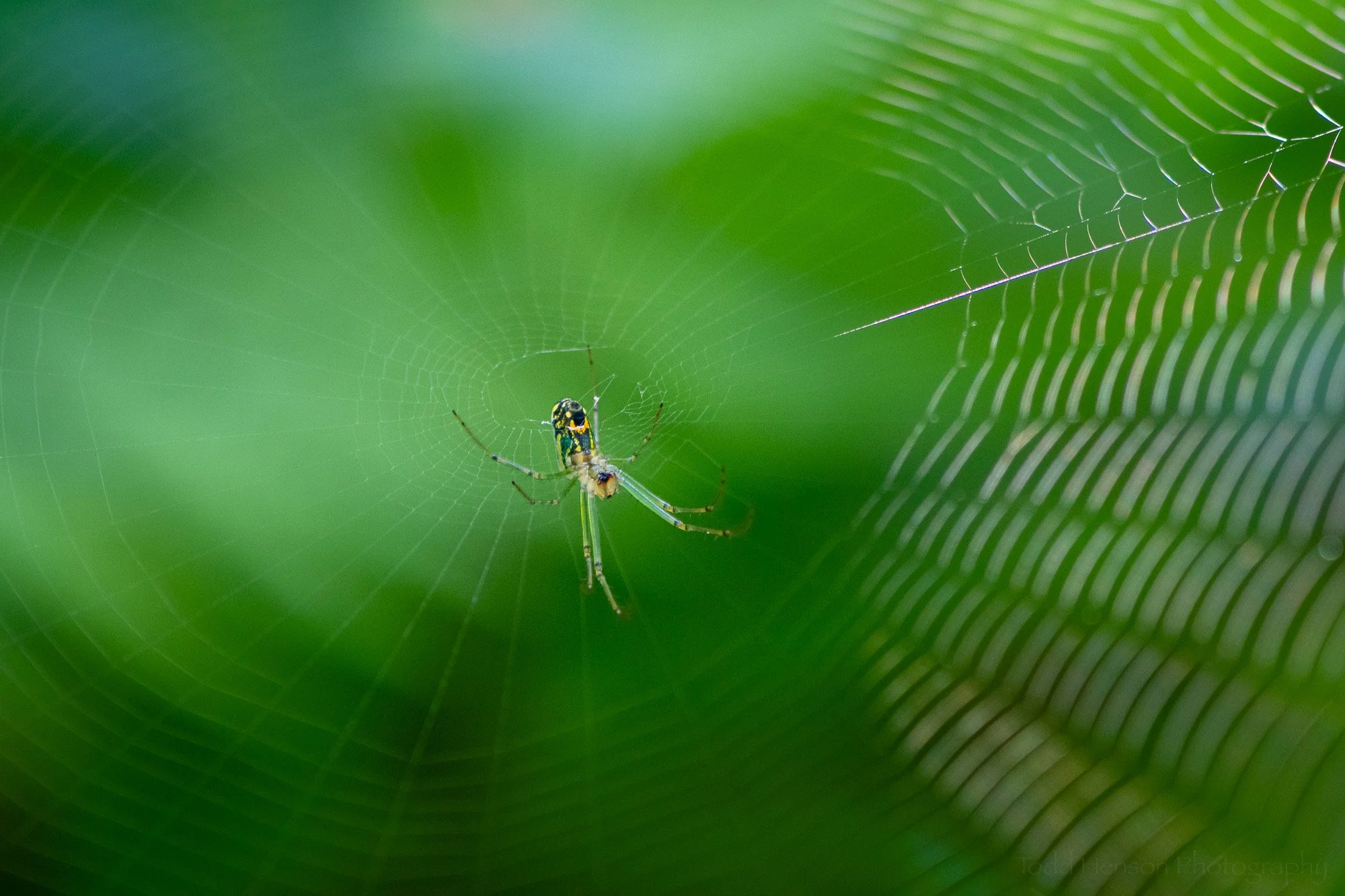The final nymphal stage of a spotted lanternfly
My father and I visited Blandy Experimental Farm, the State Arboretum of Virginia, in mid-August of 2023. While there I saw a flash of red moving on the bark of a tree just beside their bamboo grove. When I looked closer I saw an insect I’d never seen before, a very curious looking insect in red, black and white. And it very obviously noticed me. Every time I got close it stopped moving, and when I moved away it began moving very quickly up the trunk. It was on the shaded side of the tree so I pushed up my camera’s ISO and captured what views I could of this little creature.
Red, black and white, a spotted lanternfly nymph
It was only later, when I was back home and began researching, that I learned this creature was the final nymphal stage of a spotted lanternfly, an invasive species that is spreading quickly across areas of the United States and causing problems for agriculture. It’s native to parts of China and Vietnam, and as is usually the case, isn’t quite the problem in those regions because there are species that keep it in check. But in other regions it can cause great harm to crops and other plants even though its preferred host is the tree of heaven, another invasive species in this area.
To try to deal with it Blandy began an effort to cut back and destroy all the tree of heaven on their grounds. They had previously planted some of these trees for research, but they also are very widespread and considered the most common weed tree in the area. Tree of heaven is a very tough species and they describe trying to kill it as “like trying to kill a vampire: Weaken him with sunlight, holy artifacts, and garlic, then stab him a few hundred times and see what happens.”
If the insects only fed on tree of heaven things might be ok, as one species might get rid of the other, then die out. But the insects only prefer tree of heaven, they don’t require it. If there aren’t enough of these they’ll happily feed on roses, grapes, fruit trees, walnuts, maples, etc, and Blandy was most concerned about their maples, walnuts and ornamental fruit trees.
You might think that if it’s so difficult to kill off the host tree, why not go directly at the spotted lanternflies? Well, they tried that, too, but the insects are also very tough to get rid of. They had a great description of this for those who enjoy reading fantasy and classics: “Its host tree may be Dracula, but the lanternflies themselves are Tolkienian orcs; for each one slain, a hundred more rise from the foul earth to take its place.”
Looking down on a spotted lanternfly nymph
And so they fight what seems a losing battle hoping, in time, they may arrive at some equilibrium. Perhaps the tide will turn if a local parasite realizes it can feed on spotted lanternflies.
My father and I learned first hand how bad it had become in that area, as we visited Sky Meadows State Park in early September, a park not too far from Blandy. While hiking through the woods my father saw something move and land just in front of us. It turned out to be an adult spotted lanternfly. Later that day we stopped for lunch in the outskirts of Front Royal and while in the restaurant I kept seeing insects flying outside and I kept thinking spotted lanterfly. When we left and got a closer view there were dozens and dozens of adults flying all around the parking lot and on the buildings. I just hope none hitched a ride on my car when we returned home.
An adult spotted lanternfly on the ground
It’s unfortunate it does such damage when it finds itself outside its native range, as it’s a very interesting and attractive creature. The adult is especially attractive when it opens its wings and reveals the red underneath.
Read through the following links to learn more about the spotted lanterfly, the damage it can cause outside its native range, and what different areas are doing about it:
Do you enjoy these posts?
Sign up to receive periodic emails with updates and thoughts. Don’t worry, I won’t spam you. And please consider purchasing artwork or products from my online store, and using my affiliate links in the sidebar to the right when shopping online.
I appreciate your support!
